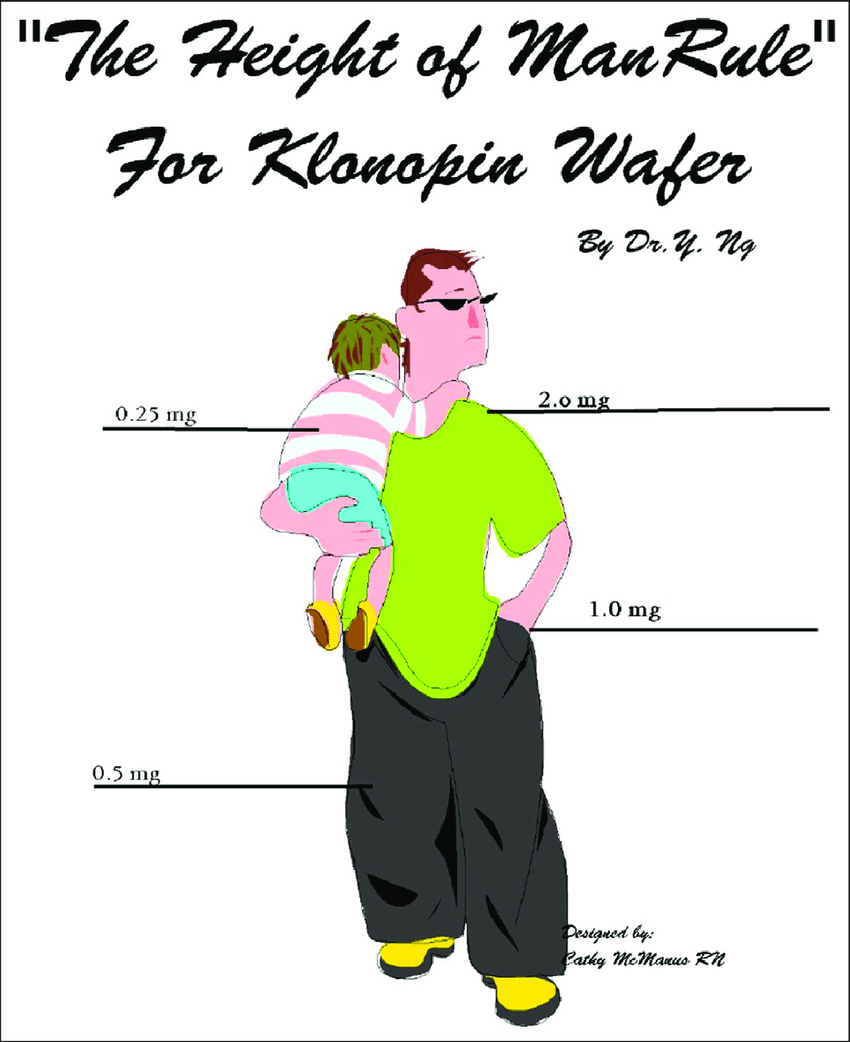Seizure Rescue Medications
There are no clinical indications for one medication over another. The decision should be based on the patient/family and provider's preference
For Children's Mercy providers, the Discharge Seizure Rescue Medications Pathway powerplan is available for use when prescribing seizure rescue medications for home |
||||
Medication |
Dosing |
Available Options |
||
Diazepam, rectal(DiaStat)
|
When calculating dose, round upward to the next available dose |
Pre-Filled Syringe
|
||
Clonazepam, oral disintegrating tablet |
Read more about the trial of the Height of Man Rule |
Oral Disintegrating Tablet (ODT)
|
||
|
Midazolam, intranasal(Nayzilam)
|
|
Nasal Spray Device
|
||
|
Diazepam, intranasal(Valtoco)
|
|
Nasal Spray Devices
|
||
|
Intranasal Diazepam Dosing
|
||||
|
Dose Based on Age and Weight
|
Administration |
|||
6 to 11 Years of Age(0.3 mg/kg) |
12 Years of Age and Older(0.2 mg/kg) |
Dose(mg) |
Number of Nasal Spray Devices |
Number of Sprays |
|
Weight (kg) |
Weight (kg) |
|||
|
10 to 18 |
14 to 27 |
5 |
One 5 mg device |
One spray in one nostril |
|
19 to 37 |
28 to 50 |
10 |
One 10 mg device |
One spray in one nostril |
|
38 to 55 |
51 to 75 |
15 |
Two 7.5 mg devices |
One spray in each nostril |
|
56 to 74 |
76 and up |
20 |
Two 10 mg devices |
One spray in each nostril |

Note. The "height of man rule" schematic diagram concerning clonazepam dosing of children with prolonged seizures. Please note that the carried child, as depicted, is older and should really be a baby or young infant cradled in one's arms.
References
Dissolving Oral Clonazepam Wafers in the Acute Treatment of Prolonged Seizures - Scientific Figure on ResearchGate. Available from: https://www.researchgate.net/figure/The-height-of-man-rule-schematic-diagram-with-regard-to-dosing-of-children-with_fig1_43299399 [accessed 1 Feb, 2024]
Samanta, D. (2021). Rescue therapies for seizure emergencies: Current and future landscape. Neurological Sciences, 42(10), 4017-4027. https://doi.org/10.1007/s10072-021-05468-9
Troester, M. M., Hastriter, E. V., & Ng, Y. T. (2010). Dissolving oral clonazepam wafers in the acute treatment of prolonged seizures. Journal of Child Neurology, 25(12), 1468-1472. https://doi.org/10.1177/0883073810368312
These pathways do not establish a standard of care to be followed in every case. It is recognized that each case is different, and those individuals involved in providing health care are expected to use their judgment in determining what is in the best interests of the patient based on the circumstances existing at the time. It is impossible to anticipate all possible situations that may exist and to prepare a pathway for each. Accordingly, these pathways should guide care with the understanding that departures from them may be required at times.
